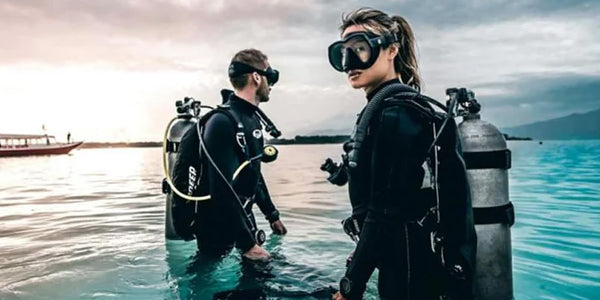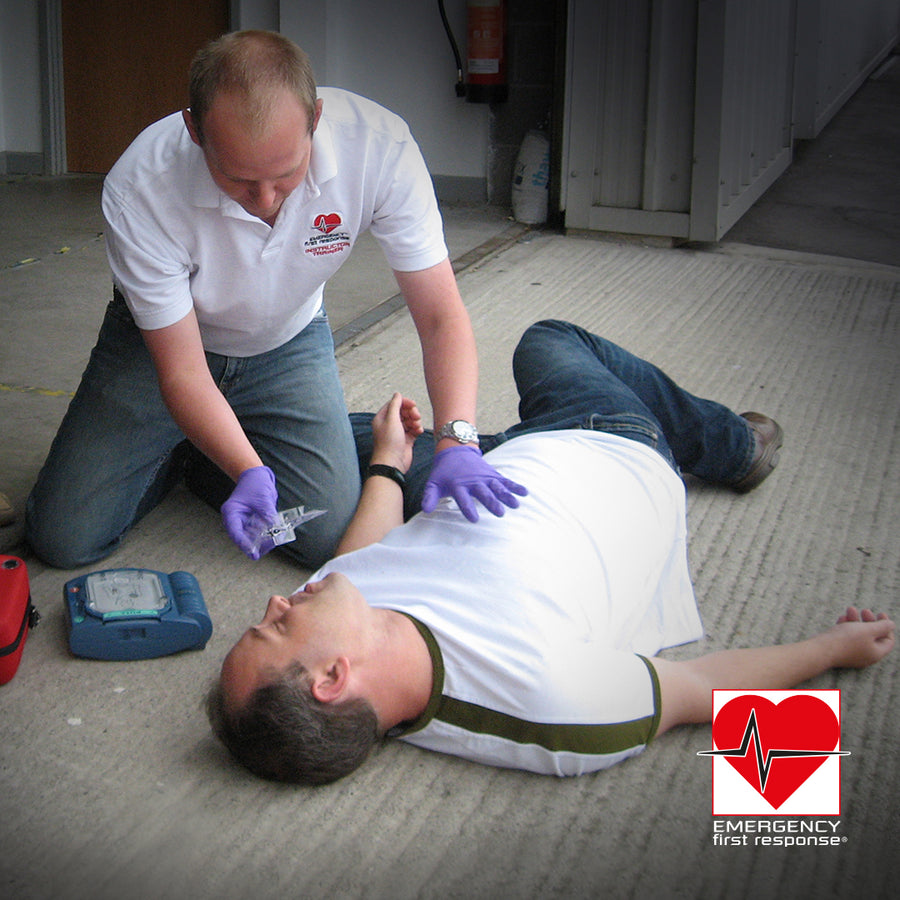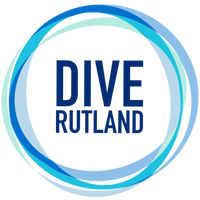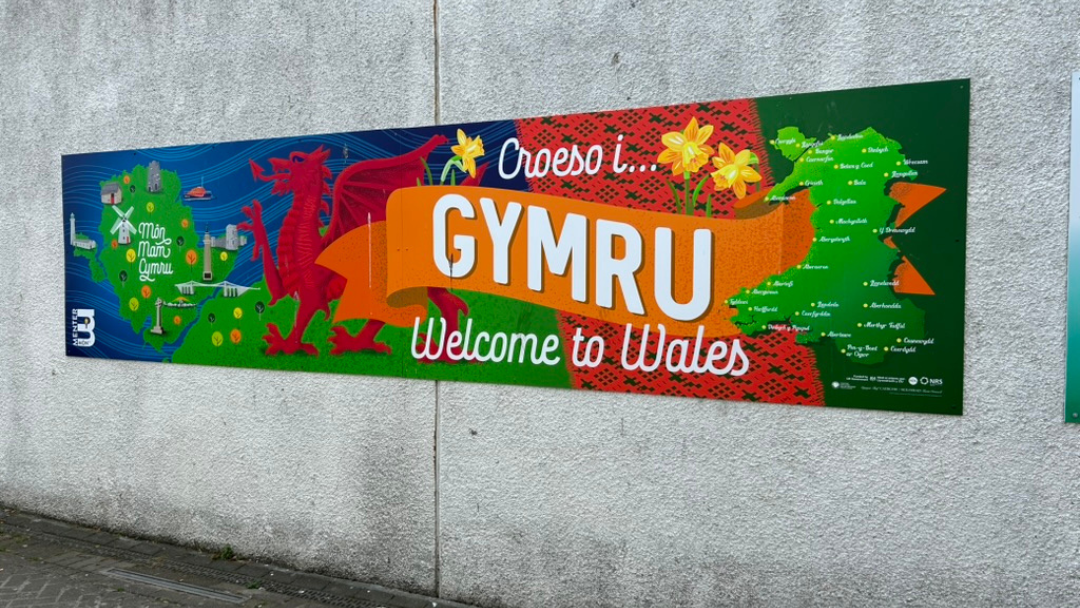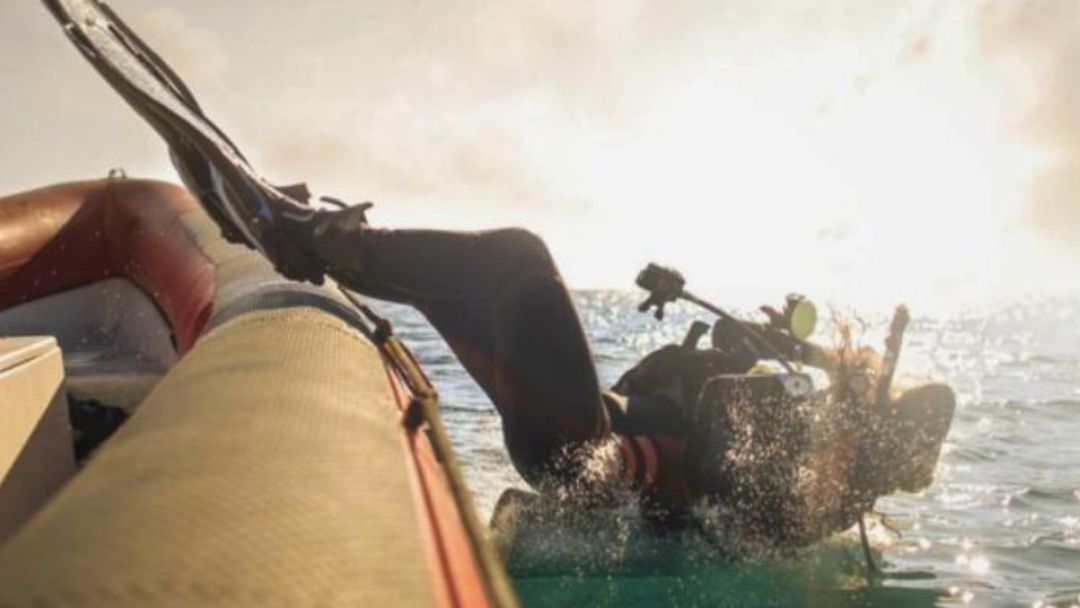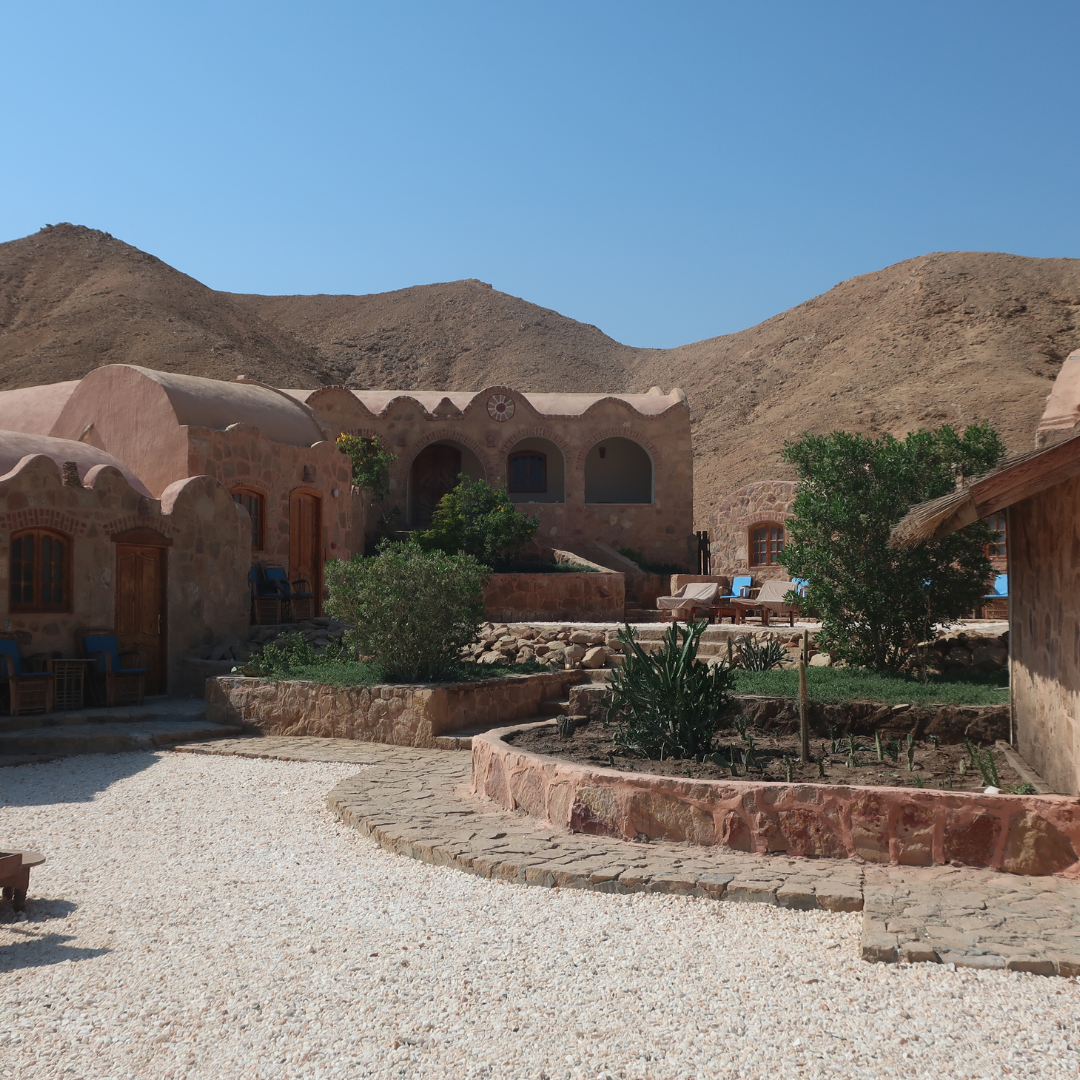How to Prevent and Manage a Free Flowing Regulator
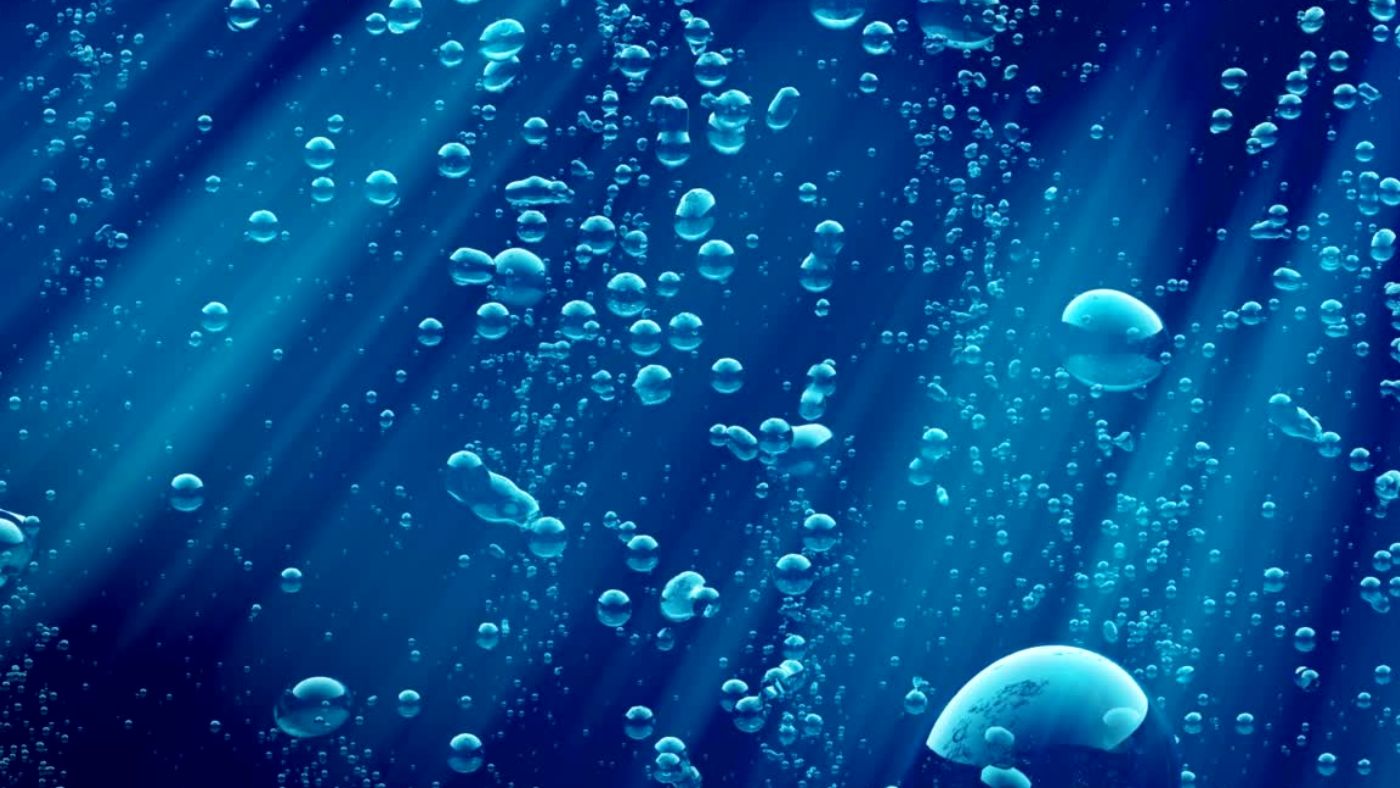
Stay Safe, Be Prepared: How to Prevent and Manage a Free Flowing Regulator
Free-flowing regulators can be one of the most intimidating equipment malfunctions a diver can face—especially in cold water. But with the right knowledge, preparation, and planning, you can significantly reduce the risk of it happening and respond with confidence if it does. In this post, we’ll explore exactly what causes regulator free flows, how to prevent them, what to do if one happens, and how to train for and plan around these events so they never catch you off guard.
We will cover the following areas in this guide:
- What is Cold Water?
- How to Minimise the Risk of Regulator Free Flow in Cold Water
- Why Do Regulator Free Flows Occur?
- Pre-Dive Planning for Free Flow Emergencies
- In-Water Response to a Free Flowing Regulator
- Related Posts
What is Cold Water?
According to EU norms, cold water diving refers to dives where the water temperature is 6°C or below. While many of the UK's inland dive sites remain moderate most of the year, temperatures drop sharply during winter—especially at depth. Even in summer, the deeper zones of inland lakes stay cold enough to affect your dive equipment performance, particularly your regulator.
As we explain in our Pre-Season Equipment Care post, regulators react differently in cold water environments. Preventing freezing is critical to avoiding free flows. Pressure variation during gas expansion cools the regulator rapidly—particularly in first stages connected to high-pressure cylinders. The higher the pressure, the more cooling occurs. A 300-bar cylinder intensifies the risk, especially on deeper or longer dives.
How to Minimise the Risk of Regulator Free Flow in Cold Water
- Use a lower pressure cylinder in cold water dives—higher pressures increase the chance of freezing.
- Choose cold-water-rated regulators that meet the EN250 standard. These typically have environmental sealing or heat sinks that use surrounding water to reduce ice formation.
- Service your regulators regularly. As we explain in this post, regular servicing ensures your life support system performs flawlessly in extreme conditions.
- Avoid breathing from your second stage on the surface when the air temperature is cold. Enter the water before inhaling through the reg.
- Deploy DSMBs using exhaled air or a dedicated inflation system—not your primary regulator.
- Ensure dry, clean air fills. Moisture increases freezing risk. At Dive Rutland, our air quality is certified and publicly displayed.
- Avoid heavy purge use or rapid inhalation, which increases air flow and cooling.
- Maximise water warmth. The air is often colder than the water in winter—immerse the first stage as early as possible.
- Expose metal fittings by pulling back hose protectors. This promotes heat transfer and also extends hose life.
- Inflate BCDs and wings slowly, preferably during exhalation, to reduce load on the first stage.
- Adjust breathing resistance knobs to the minimum setting on unused second stages. Our Regulator Guide explains more about these features.
- For specific equipment questions, speak with us or a qualified service technician.
Why Do Regulator Free Flows Occur?
Free flows happen when your second stage—designed as a pressure relief valve—over-responds to cooling or pressure changes. This is often triggered by:
- Overuse of purge buttons
- Cold air hitting a diaphragm set to low resistance
- A first stage freeze, which locks the valve open and over pressurises the second stage
If your second stage begins free flowing:
- Place your thumb or finger over the mouthpiece to break the airflow.
- Turn the breathing resistance knob to the minimum setting (if available).
- Have your buddy momentarily close and reopen the cylinder valve.
If these steps don’t stop the flow, it’s likely a first stage freeze—abort the dive immediately. As covered in our Intermediate Pressure Guide, such issues often originate in the first stage and will continue even in warm air post-dive.
Pre-Dive Planning for Free Flow Emergencies
- Practice free flow drills and use of redundant air supplies. Carry a pony bottle or Y-valve system with an independent second stage.
- Make alternate air sources visible and accessible to both you and your buddy.
- Use cold-water-certified regulators for all winter or deep inland diving.
- Limit dive depth so a safe free ascent is always an option.
- Include free flow response in your dive briefing. Review actions and assign roles with your buddy before entering the water.
In-Water Response to a Free Flowing Regulator
A sudden free flow can be disorienting. Your view may be obstructed by bubbles, and the noise can trigger panic. Stay calm and follow these steps:
- Stop – Think – Act
- Breathe from the free flowing regulator as trained.
- Abort the dive in a calm and controlled manner.
- Establish positive buoyancy at the surface.
If it’s been a while since you’ve practised these drills, consider a SSI Scuba Skills Update also known as the Scuba Review session to rebuild your confidence and reaction time.

